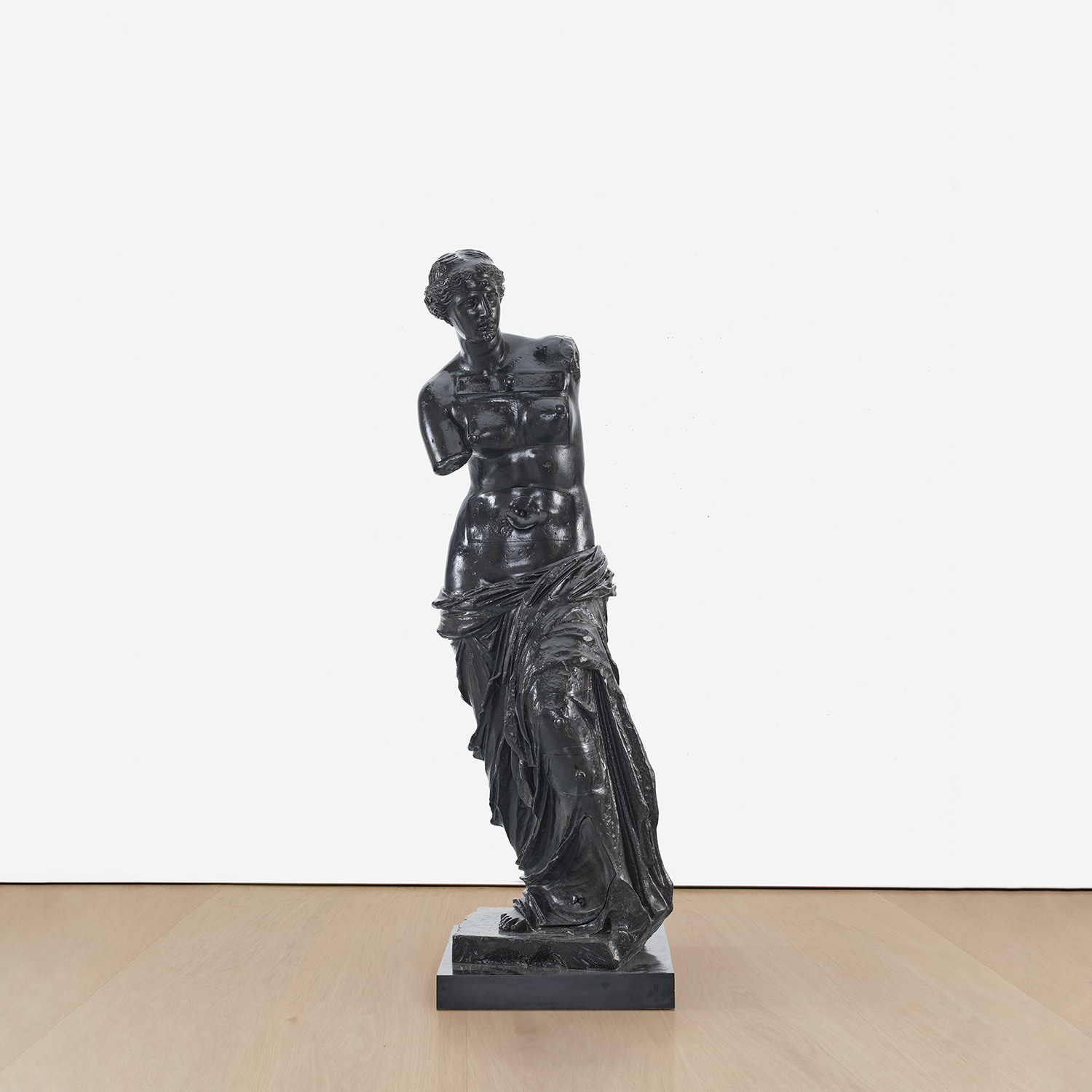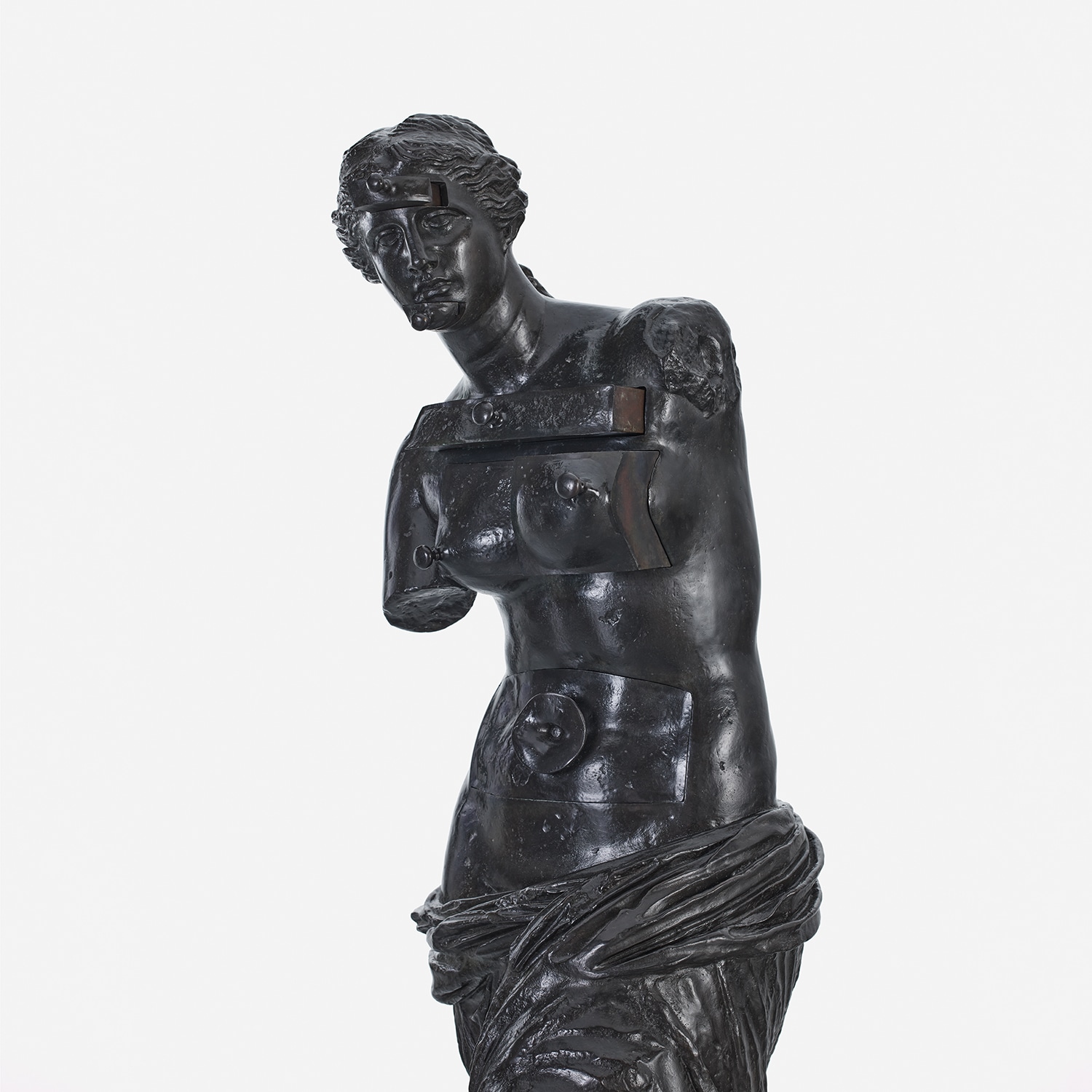





143
Salvador Dalí
Vénus de Milo aux tiroirs
Further Details
Full-Cataloguing
Salvador Dalí
Spanish | B. 1904 D. 1989Salvador Dalí was perhaps the most broadly known member of the Surrealist movement of the early twentieth century. Heavily influenced by Sigmund Freud, the avant-garde style explored consciousness and dream-like states through exaggerated landscapes and bizarre or grotesque imagery. Using the means of painting, sculpture, printmaking, film and literature, Dalí explored these ideas with a meticulous hand and inventive wit.
Although known for his role in Surrealism, Dalí was also a seminal example of celebrity showmanship and the cult of personality, a phenomenon that dominates popular culture today. Always a colorful and flamboyant presence with his signature cape, wide-eyed expression and trademark upturned waxed mustache, Dalí was a master of self-promotion and spectacle.